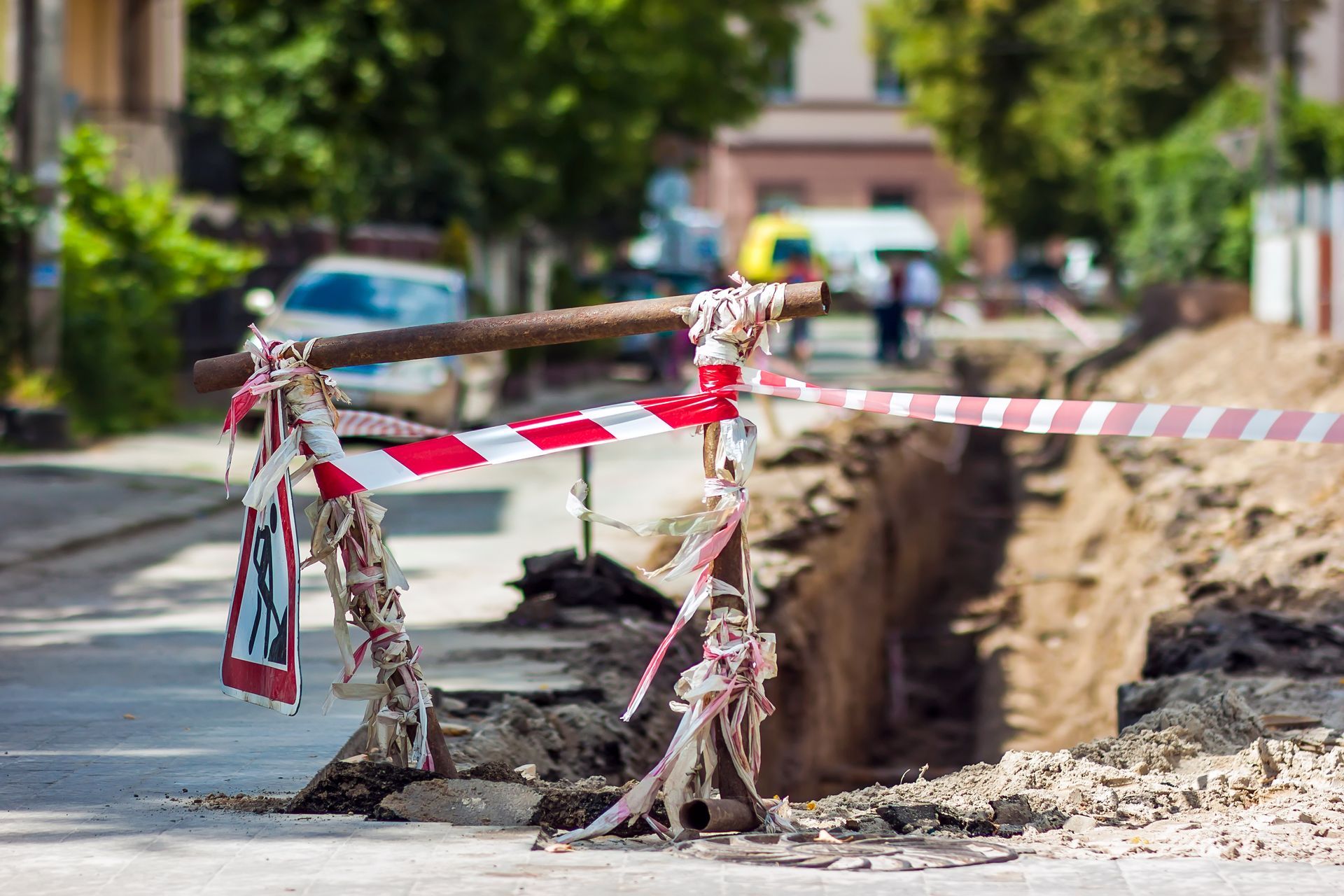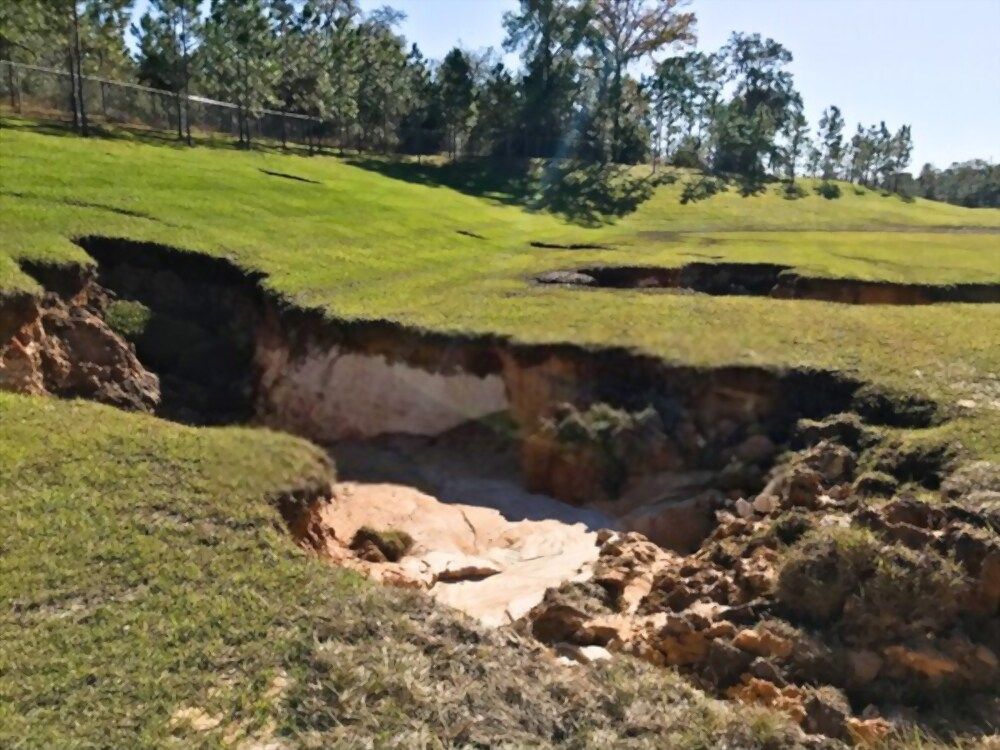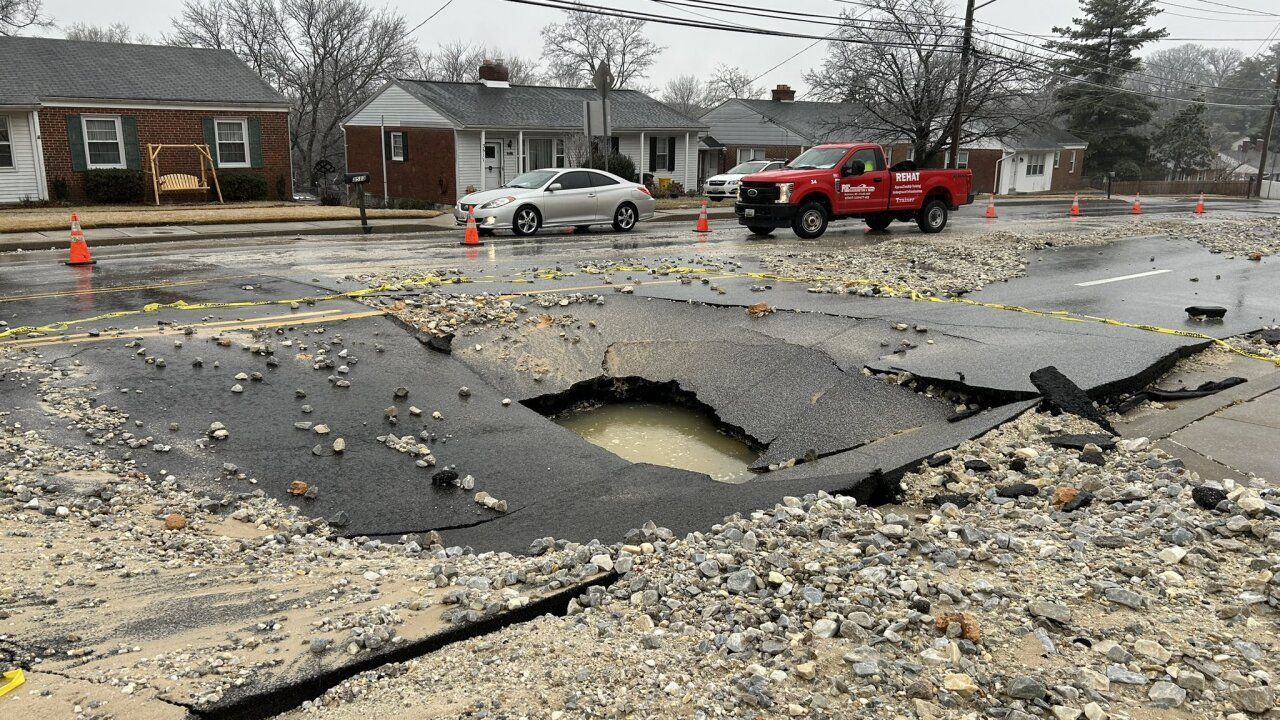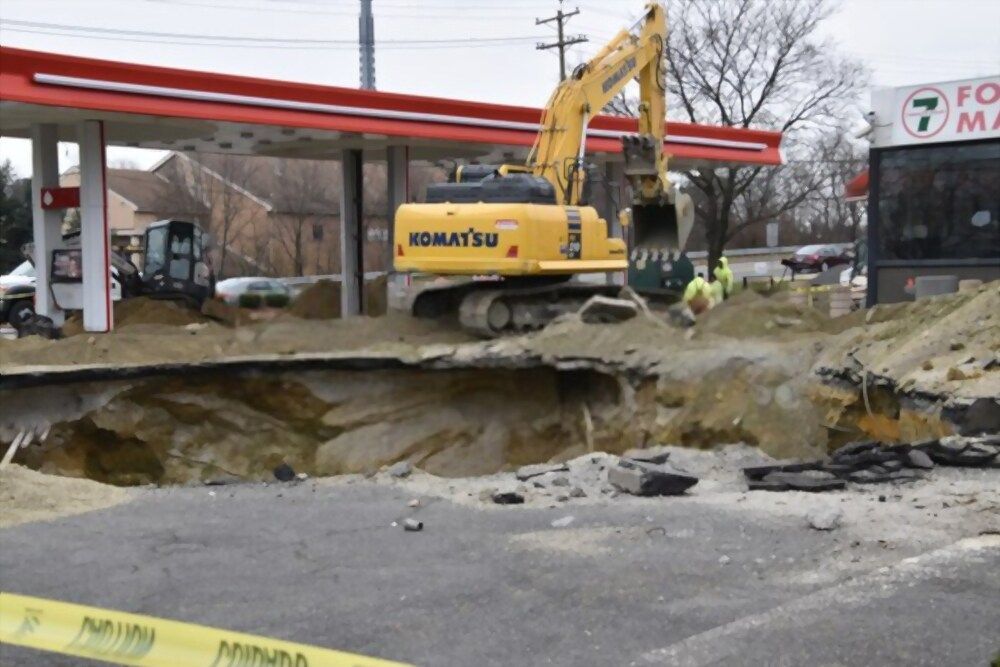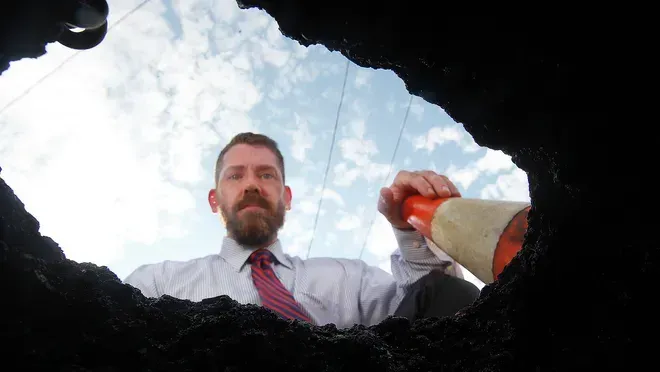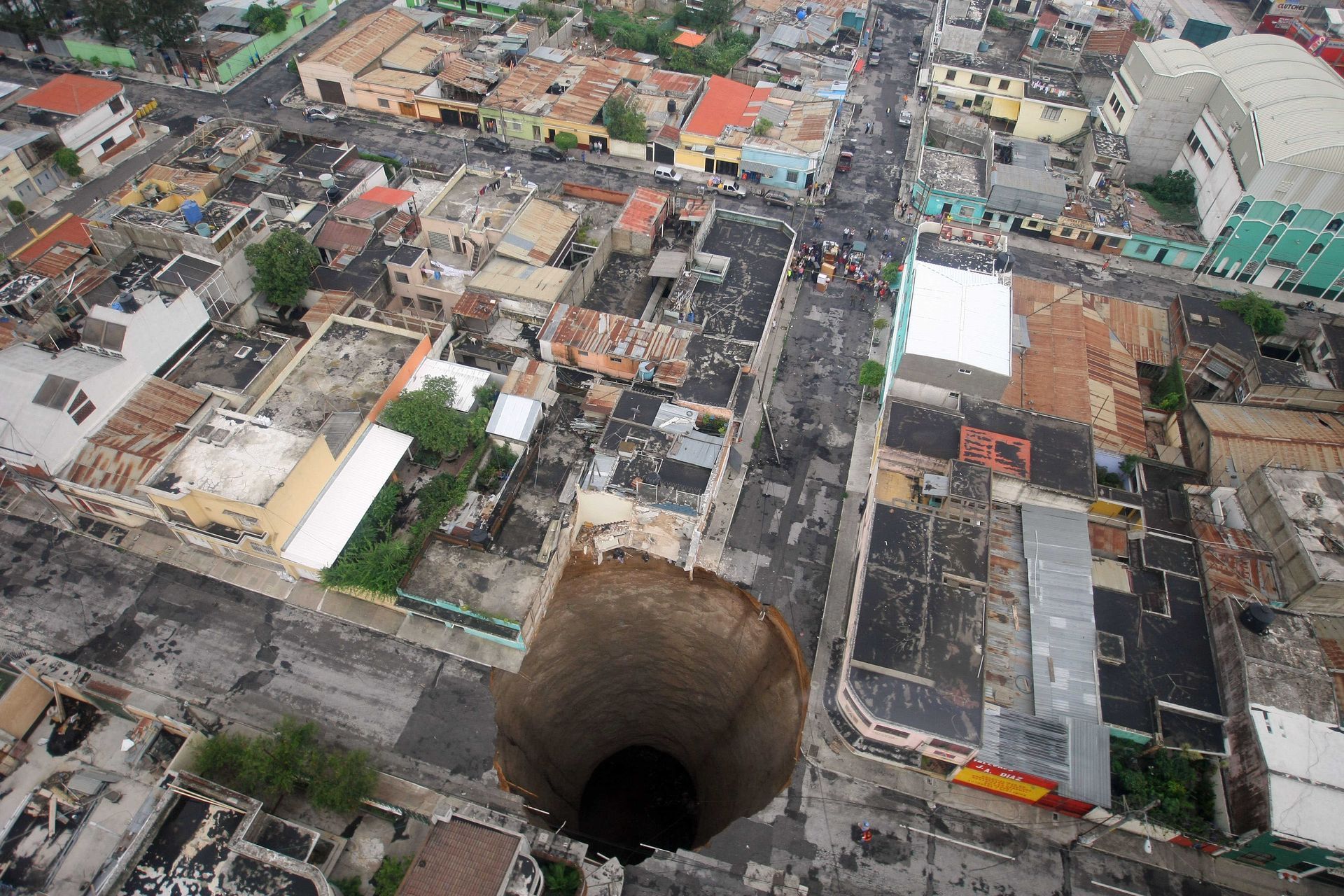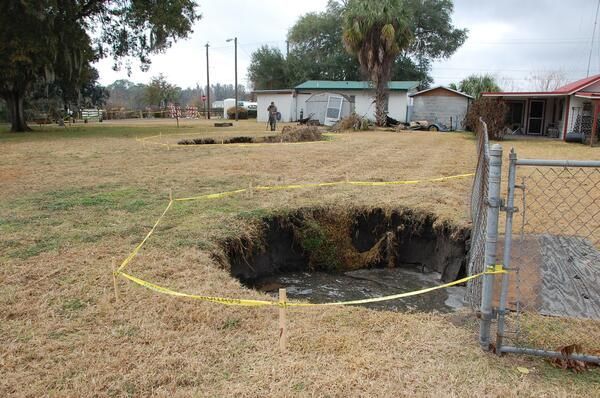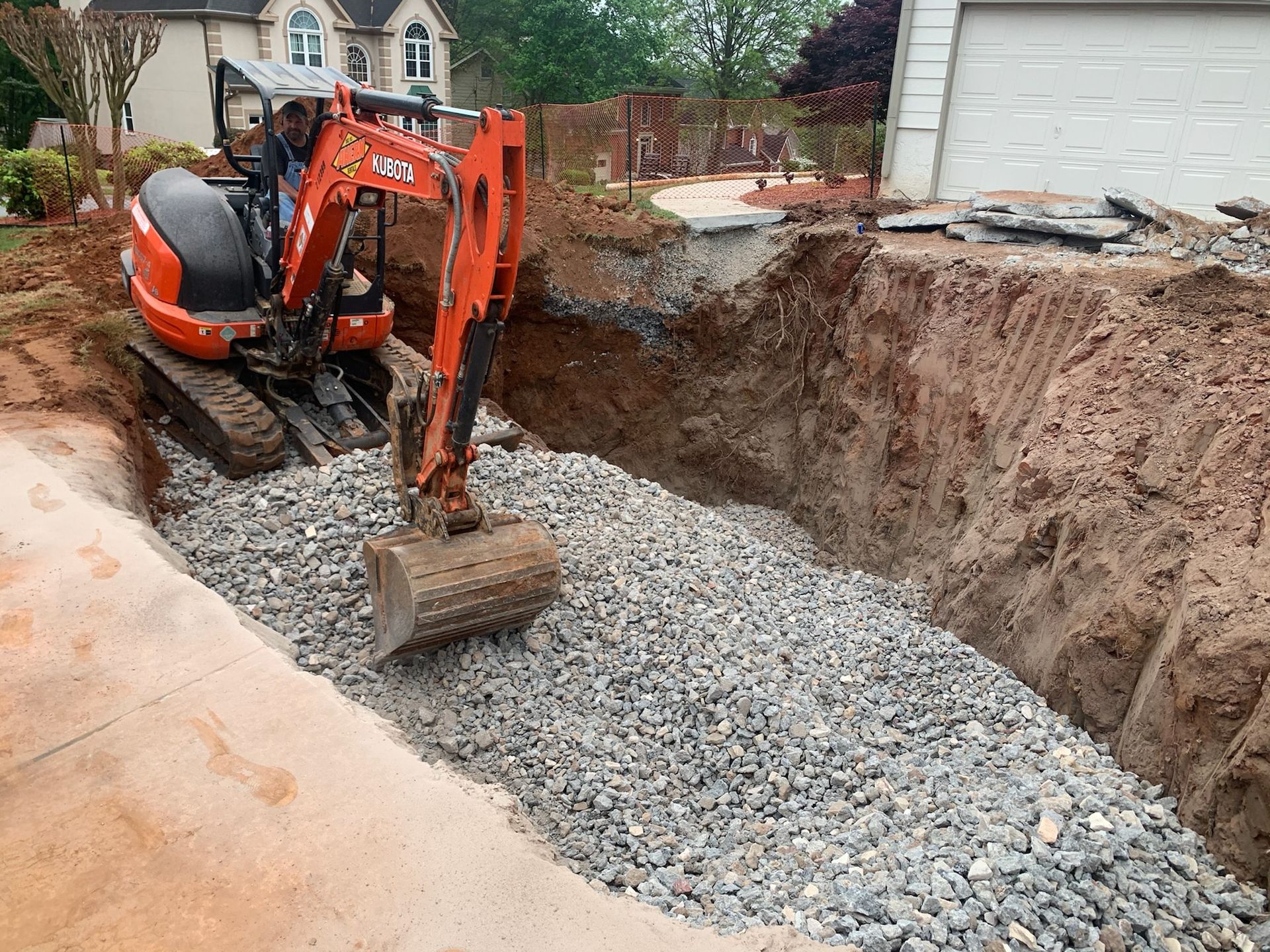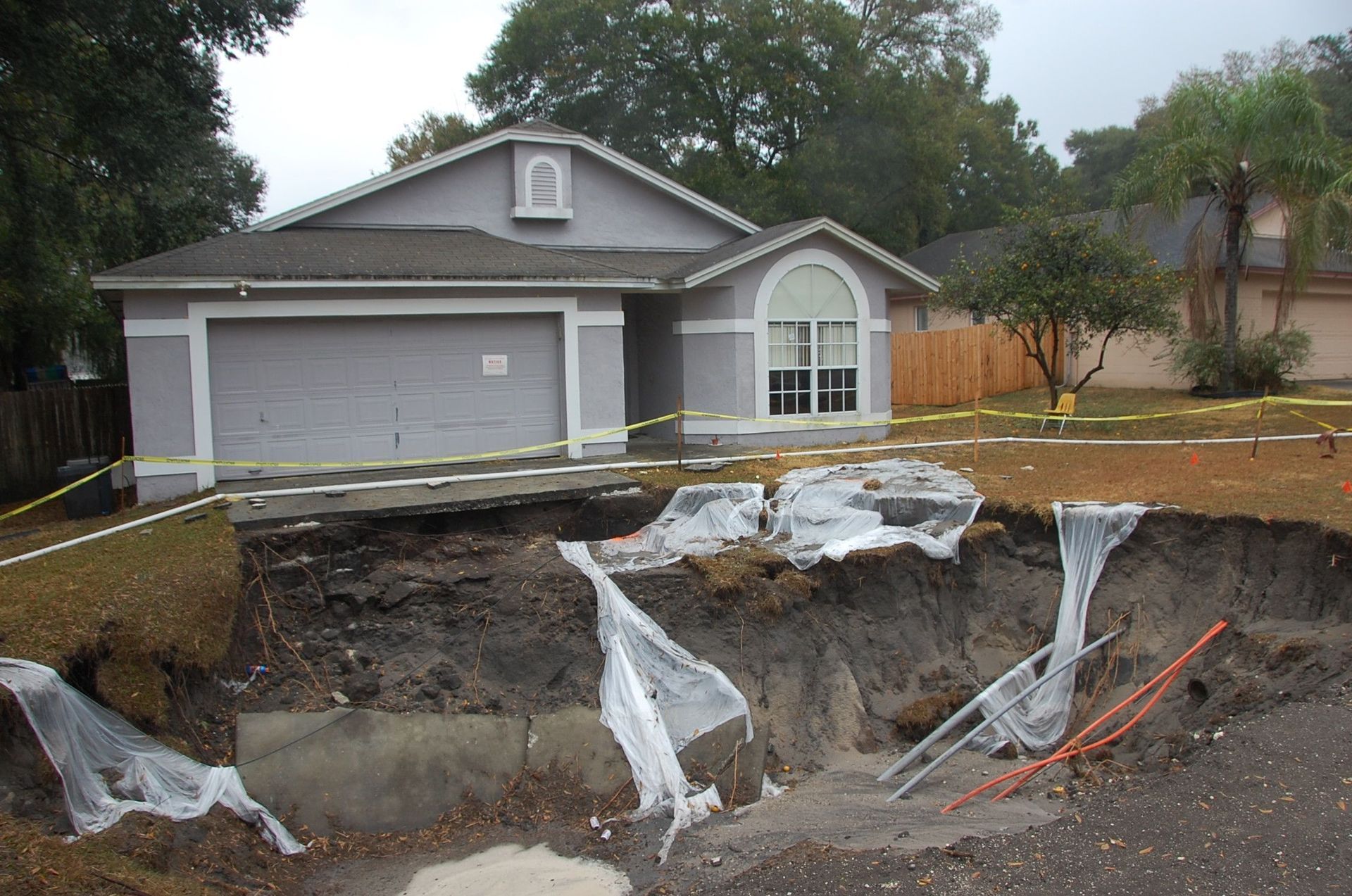Warning Signs of Sinkholes in Marietta GA: What Every Homeowner Must Know
That sudden depression in your Marietta driveway wasn't there yesterday. Now you're watching water pool where it never did before, and the concrete seems to be sagging near your foundation. These subtle changes might seem minor, but they could be early warning signs of a developing sinkhole that threatens your property's stability and your family's safety. Ignoring these red flags today could mean facing emergency repairs, foundation damage, or worse tomorrow.
At Sinkhole Repair ATL, we've responded to hundreds of sinkhole emergencies across Marietta, from historic homes near the Square to newer developments in East Cobb. Our experience has taught us that early detection makes all the difference between a manageable repair and a catastrophic property loss. We've seen too many homeowners dismiss warning signs as "just settling" only to face five-figure repair bills when prevention could have cost a fraction of that amount.
This comprehensive guide reveals the critical warning signs every Marietta homeowner must recognize before it's too late. You'll learn to identify the subtle indicators that precede sinkhole formation, understand why Marietta's unique geology makes certain neighborhoods more vulnerable, and discover the immediate steps to take when you spot danger signs. We'll also explain when DIY monitoring becomes dangerous and professional intervention becomes essential for protecting your most valuable investment.
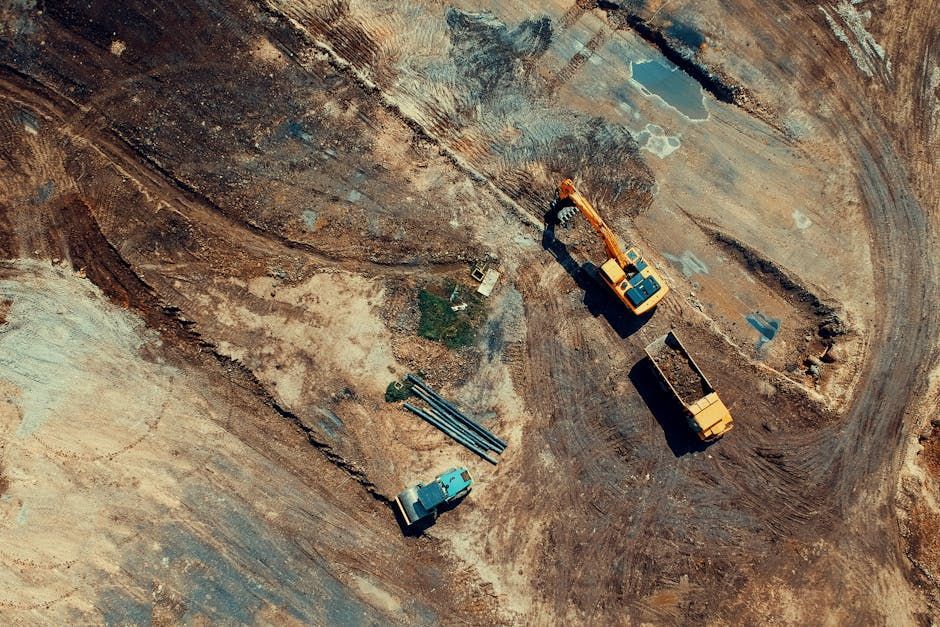
1. Foundation and Structural Warning Signs You Can't Ignore
Foundation cracks that suddenly appear or rapidly widen are among the most serious sinkhole indicators in Marietta homes. While hairline cracks from normal settling rarely exceed 1/8 inch, sinkhole-related cracks often measure 1/4 inch or wider and show progressive growth over days or weeks. These cracks typically appear in a stair-step pattern along mortar joints in brick homes or as diagonal cracks extending from door and window corners in stucco or drywall. If you can fit a pencil into a foundation crack, or if you notice fresh concrete dust accumulating below cracks, you're likely dealing with active soil movement that demands immediate professional assessment.
Doors and windows that suddenly stick or refuse to close properly often signal differential settling caused by underground voids. When sinkholes develop beneath Marietta homes, they create uneven support that warps door frames and window casings. You might notice doors swinging open on their own, deadbolts that no longer align with strike plates, or windows that jam halfway when opening. These problems typically worsen rapidly—what starts as minor sticking can progress to complete frame separation within weeks. Pay special attention if multiple doors and windows throughout your home develop problems simultaneously, as this indicates widespread foundation movement rather than isolated settling.
Sloping or sagging floors inside your home provide clear evidence of foundation instability often linked to sinkhole activity. Place a marble or golf ball on your floors—if it consistently rolls toward one area, you have significant sloping that wasn't part of the original construction. Marietta homes built on slab foundations might show depression near the center of rooms, while pier-and-beam foundations often sag between support points. You might also notice gaps developing between baseboards and floors, or furniture that suddenly rocks on previously level surfaces. These symptoms accelerate quickly once sinkholes begin actively undermining foundation support.
Separation between walls, ceilings, and floors indicates serious structural movement that frequently precedes sinkhole collapse. Look for gaps where interior walls meet ceilings—even a quarter-inch separation suggests significant foundation problems. Crown molding might pull away from walls, creating shadow lines that weren't there before. In severe cases, you might see daylight through separations between exterior walls and roof lines. These separations often accompany sounds of settling—popping, cracking, or groaning noises that occur particularly at night when temperature changes cause materials to contract. When multiple separation points appear throughout your Marietta home, immediate professional evaluation becomes critical.
2. Yard and Landscape Changes That Signal Danger
Circular depressions in your yard, even small ones, often mark the beginning of sinkhole formation beneath Marietta's red clay soil. These depressions typically start as shallow bowls 2-3 feet in diameter where grass grows differently—either much greener from collected moisture or brown from root damage. After heavy rains common in Marietta springs, these areas pond water that previously drained normally. The depressions gradually deepen and widen, with edges becoming more defined over time. Trees or fence posts within or near these depressions may begin tilting, indicating expanding underground voids. Mark these areas with stakes and photograph them weekly—rapid growth means immediate professional intervention is necessary.
Previously healthy trees that suddenly lean or show exposed roots often indicate underground erosion associated with developing sinkholes. Marietta's mature oaks and pines have extensive root systems that provide early warning of soil instability. Watch for trees tilting without storm damage, especially if multiple trees lean toward the same point. Fresh root exposure on the uphill side of leaning trees suggests active soil loss beneath. Trees may also show stress signs like premature leaf drop, dead branches on one side, or sudden pest infestations as their root systems struggle with changing soil conditions. Large trees leaning toward your home pose immediate safety risks requiring emergency response.
Patches of dead grass in circular or linear patterns often trace underground water flow eroding soil into developing sinkholes. These patches differ from typical lawn diseases by their geometric patterns and rapid expansion. In Marietta's Bermuda and Fescue lawns, affected areas show wilting despite adequate rainfall because roots lose soil contact as voids develop below. You might notice the ground feels spongy or hollow when walked on, particularly after rain. Linear dead patches often follow buried utility lines where pipe failures create erosion channels feeding sinkholes. If dead grass patterns connect to foundation problems, you're likely facing an advanced sinkhole situation requiring immediate attention.
Muddy or cloudy well water in properties with private wells provides clear evidence of underground erosion feeding sinkhole development. Marietta homes in areas like Mountain View and older East Cobb neighborhoods often rely on well water that suddenly turns turbid when soil channels form underground. This turbidity results from soil particles entering the water table through new voids and cracks. You might also notice decreased water pressure, air spurts from faucets, or pump cycling more frequently as water tables fluctuate. These changes often precede visible surface sinkholes by weeks or months, providing valuable early warning for preventive action.

3. Concrete and Driveway Indicators Specific to Marietta Homes
Driveway cracks that form patterns resembling spider webs or that run perpendicular to the normal expansion joints signal underground voids developing beneath Marietta's concrete surfaces. Unlike typical thermal cracks that follow predictable lines, sinkhole-related cracks appear randomly and often connect to form irregular polygons. These cracks actively work—meaning they open and close with weather changes or vehicle weight. Fresh concrete dust or efflorescence (white powder) along cracks indicates ongoing movement. In Marietta's climate, these cracks accelerate during summer thunderstorm season when water infiltration increases soil erosion beneath slabs.
Sections of driveways, sidewalks, or pool decks that suddenly sink or tilt reveal active soil loss to underground voids. Marietta homeowners often first notice car doors hitting garage floors differently or water pooling in new locations after rain. Sunken sections typically start at edges where support is weakest, progressing toward centers as voids expand. Height differences of even one inch between concrete sections indicate serious problems developing. Pool decks showing settlement face additional risks as pool water can accelerate erosion through cracks, potentially undermining expensive pool structures. These concrete failures often provide the first visible evidence of sinkholes that have been developing underground for months.
Gaps forming between concrete slabs and home foundations indicate differential settling that frequently accompanies sinkhole development. These gaps allow water direct access to foundation soils, accelerating erosion and void formation. Initially, you might notice mulch or soil washing out from these gaps during rain. As gaps widen, you can see beneath slabs where soil has disappeared, leaving concrete suspended over voids. Marietta's clay soils shrink when dry and expand when wet, but sinkhole-related gaps show consistent growth regardless of moisture conditions. Gaps exceeding one inch or showing visible voids beneath require immediate professional evaluation to prevent catastrophic failure.
Concrete that sounds hollow when tapped with a hammer or shows visible sagging between support points indicates dangerous voids beneath. Walk your driveway and sidewalks, listening for drumming sounds that suggest concrete spans empty spaces. Sagging appears as subtle depressions best seen in low-angle sunlight or when water pools in unexpected patterns. These hollow sections face imminent collapse risk, particularly under vehicle loads. Marietta's garbage trucks and delivery vehicles often trigger sudden failures of compromised concrete. Mark hollow-sounding areas immediately and restrict access—these zones can collapse without warning, creating injury risks and property damage.
4. Water-Related Symptoms That Reveal Hidden Sinkholes
Sudden changes in pond or pool water levels without visible leaks indicate underground drainage into developing sinkholes. Marietta homeowners might lose hundreds of gallons daily as water finds new paths through compromised soil structures. Pool service companies often misdiagnose this as equipment failure, leading to expensive unnecessary repairs while the real problem worsens underground. Mark your pool water level with tape and monitor daily—losses exceeding normal evaporation rates (about 1/4 inch per day in summer) suggest active underground erosion. Similarly, decorative ponds that previously held water for weeks suddenly drain within days when sinkholes intercept their clay liners.
New areas of standing water or soggy ground that remain wet days after rain reveal disrupted drainage patterns typical of sinkhole formation. Marietta's engineered drainage systems rely on predictable soil permeability and established flow patterns. When sinkholes develop, they create low points that collect surface water while simultaneously blocking normal drainage routes. These wet areas often appear far from the actual sinkhole as water follows underground paths before surfacing. Persistent soggy zones kill grass, attract mosquitoes, and create mud problems that worsen over time. If these wet areas align with other warning signs like foundation cracks or tree tilting, you're likely facing an active sinkhole situation.
Sounds of running water through foundation walls or beneath floors when no fixtures are running indicate active erosion feeding sinkhole development. These sounds are most noticeable at night when ambient noise decreases. The water you hear is carrying soil particles away from beneath your foundation, enlarging voids with every flow. In Marietta's older neighborhoods with cast iron pipes, deteriorating sewer lines often trigger this erosion cascade. You might also notice unexplained increases in water bills as leaking pipes feed the erosion process. These sounds require immediate investigation—the longer water flows underground, the more extensive and expensive repairs become.
Rusty or sediment-laden water from faucets, particularly after periods of non-use, suggests soil infiltration into water lines through cracks caused by ground movement. This differs from typical Marietta water quality issues by its sudden onset and persistence despite flushing. The sediment often contains sand or clay particles that clog aerators and damage appliances. Hot water heaters might show premature sediment buildup, requiring frequent flushing. These water quality changes indicate your plumbing system is being stressed by soil movement, potentially leading to catastrophic pipe failures that accelerate sinkhole formation. Document water quality issues with photos and samples for insurance purposes.

5. When to Call Professionals: Marietta's Danger Zones
Certain Marietta neighborhoods face elevated sinkhole risks due to geological factors and aging infrastructure that demand heightened vigilance. Areas near Sope Creek and Rottenwood Creek sit on limestone formations prone to dissolution, creating natural sinkhole conditions. Historic neighborhoods around Marietta Square, with century-old water and sewer lines, experience pipe-failure sinkholes at increasing rates. East Cobb developments built in the 1960s-70s face deteriorating cast iron pipes that trigger erosion sinkholes. West Marietta's industrial areas deal with heavy truck traffic that accelerates concrete failure over compromised soils. If your property falls within these higher-risk zones and shows any warning signs, professional assessment becomes critical for preventing catastrophic failures.
Multiple warning signs appearing simultaneously or rapidly worsening symptoms require immediate professional intervention regardless of location. When foundation cracks align with yard depressions, or when door problems coincide with concrete failures, you're facing systemic foundation threats that DIY monitoring cannot address. Symptoms that worsen after rain or that accelerate over days rather than months indicate active sinkhole formation requiring emergency response. Professional assessment using ground-penetrating radar and soil testing can identify voids before surface collapse occurs. Waiting for obvious sinkholes to appear means accepting preventable property damage and safety risks that insurance might not cover.
Emergency situations requiring immediate evacuation and professional response include visible ground collapse, structural separation exceeding one inch, or sounds of active breaking from foundations or underground. If you can see into voids beneath concrete, hear running water in walls, or observe active crack growth, leave the area immediately and call professionals. Marietta's clay soils can mask developing sinkholes until sudden catastrophic failure occurs, making rapid symptom progression particularly dangerous. Trees leaning toward homes, deepening depressions near foundations, or new sinkholes anywhere on the property warrant emergency response. Your safety takes priority over property concerns—sinkholes can expand rapidly, swallowing structures within hours.
Professional sinkhole assessment provides the diagnostic clarity and repair solutions that protect your investment and family safety. At Sinkhole Repair ATL, our comprehensive evaluations include ground-penetrating radar scanning, soil density testing, video pipe inspection, and engineering analysis that reveals hidden dangers before they surface. We identify not just existing voids but conditions likely to cause future problems, allowing preventive interventions that cost far less than emergency repairs. Our assessments provide documentation essential for insurance claims and property sales, protecting your financial interests. Most importantly, professional evaluation brings peace of mind—knowing definitively whether you face sinkhole risks and having clear action plans for addressing any issues discovered.
Understanding Marietta's Unique Sinkhole Vulnerabilities
Marietta's geological composition creates specific sinkhole risks that every property owner must understand for effective prevention and early detection. The city sits atop varying layers of granite, gneiss, and localized limestone deposits, particularly in areas near the Chattahoochee River tributaries. These limestone pockets, while less extensive than Florida's carbonate platforms, still dissolve over time, creating natural void spaces that eventually collapse into sinkholes. The weathered granite common throughout Marietta decomposes into saprolite—a sandy clay that erodes easily when water paths develop, accelerating sinkhole formation near the Marietta historic districts.
The intersection of natural geology with Marietta's urban development amplifies sinkhole risks in predictable patterns. The City of Marietta's rapid growth from the 1960s through today has created extensive networks of aging underground utilities that increasingly fail and trigger erosion sinkholes. Storm water management systems designed decades ago struggle with increased runoff from expanded development, creating concentrated flows that erode soil into underground voids. Construction activities near established properties can alter groundwater patterns, destabilizing previously stable soils and initiating sinkhole formation in unexpected locations throughout the greater Cobb County area.
Marietta's position along Interstate 75 and its role as a major suburban hub creates infrastructure stresses that contribute to sinkhole development. Heavy truck traffic servicing the area's commercial districts creates vibrations that compact soils unevenly and stress underground utilities. The city's elevation changes, particularly prominent near Kennesaw Mountain, create hydraulic gradients that drive aggressive groundwater flow through susceptible soil layers. These factors combine with seasonal weather patterns—intense summer thunderstorms followed by winter dry periods—to create cycles of soil saturation and desiccation that progressively weaken ground stability. Understanding these local factors helps property owners recognize why certain warning signs deserve immediate attention in Marietta's unique environment.
Take Action Before Warning Signs Become Emergencies
Recognizing sinkhole warning signs early makes the difference between a manageable repair and a financial catastrophe that could displace your family and destroy your property value. The symptoms we've detailed—from foundation cracks to water anomalies—rarely improve on their own and typically accelerate once started. Every day you delay assessment after noticing warning signs increases repair costs and safety risks exponentially. What might be addressed with preventive soil stabilization today could require complete foundation replacement tomorrow, turning a $5,000 prevention into a $50,000 emergency that insurance may not fully cover.
At Sinkhole Repair ATL, we've helped hundreds of Marietta families identify and address sinkhole risks before they become disasters. Our free initial assessments use advanced technology to see beneath the surface, revealing hidden dangers while there's still time for cost-effective solutions. We understand the anxiety these warning signs create, which is why we provide clear, honest evaluations that separate minor settling from serious sinkhole threats. Our local expertise means we know Marietta's vulnerable areas, understand seasonal risk patterns, and can recommend targeted solutions that protect your specific property.
Don't wait for obvious collapse to confirm what warning signs are already telling you. Call Sinkhole Repair ATL today at 844-308-1192 for your free professional assessment and protect your Marietta property before warning signs become emergencies. Our experienced team will evaluate your concerns, provide clear explanations of any risks discovered, and outline practical solutions that fit your situation and budget. Visit our dedicated Marietta sinkhole repair page to learn more about local risk factors, or explore our soil stabilization services for preventive solutions. Remember, early detection and professional intervention are your best defenses against sinkhole damage—take action today while prevention remains an option.

